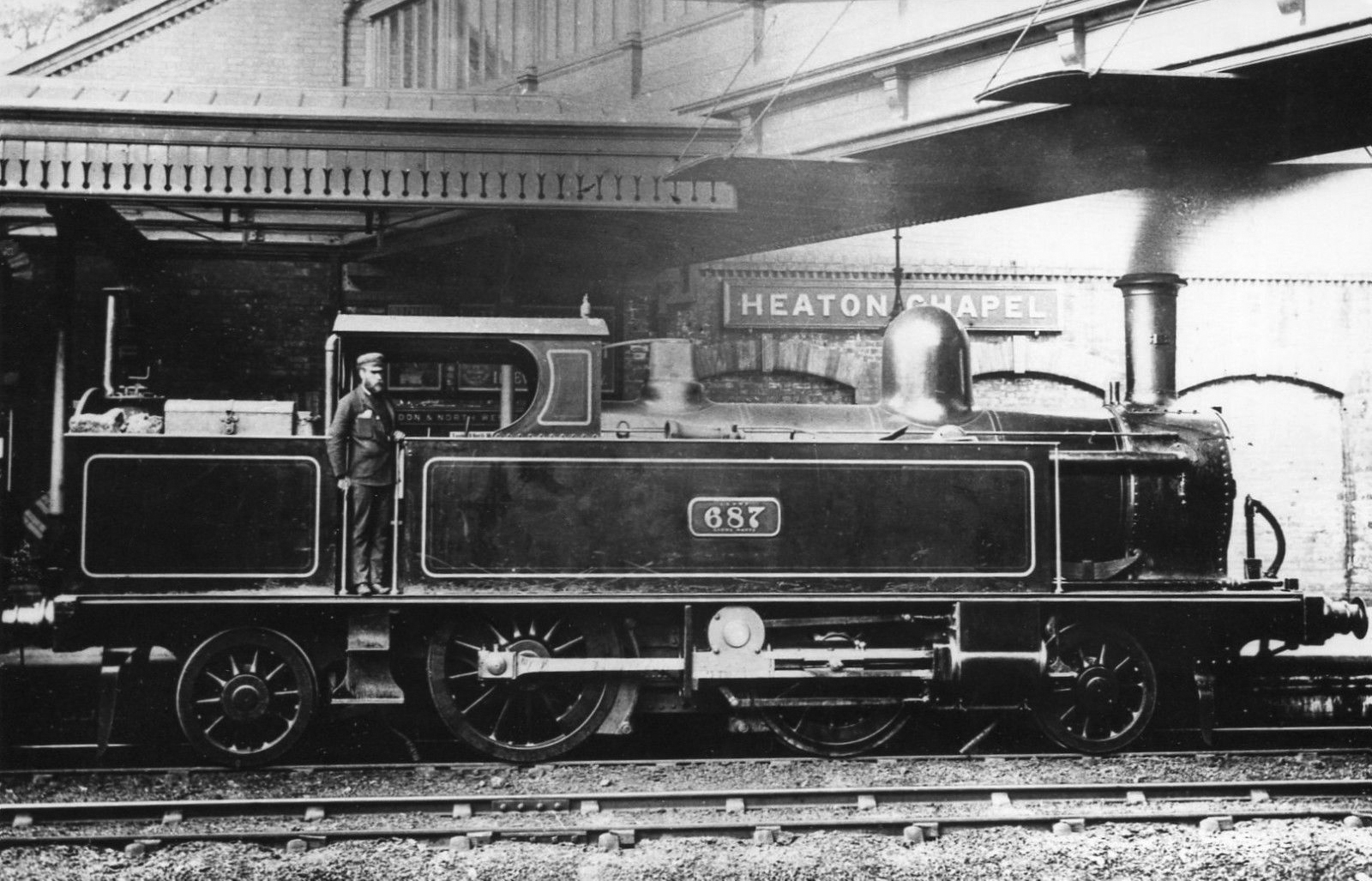|
2-2-2-2
Under the Whyte notation for the classification of steam locomotives, 2-2-2-2 could represent either the wheel arrangement of two leading wheels, four powered but uncoupled driving wheels, and two trailing wheels; or of two independent leading axles (not in a bogie truck), two driving wheels, and two trailing wheels. Usage The (2-2)-2-0 wheel arrangement, or (2-2) -2-0, was first used on five locomotives introduced on the Eastern Counties Railway by John Chester Craven in 1846/7. The 2-(2-2)-0 version was used by Francis Webb of the London and North Western Railway between 1885 and 1887 on two unique divided drive compound tank locomotives, No. 687 (1885) and No. 600 (1887). He then produced two tender engine classes each of ten locomotives: the LNWR Greater Britain Class (1892-1894) and the LNWR John Hick Class (1894-1898). The locomotives were never reliable and Webb's successor George Whale withdrew them all within three years of taking up office in 1903. See ... [...More Info...] [...Related Items...] OR: [Wikipedia] [Google] [Baidu] |
LNWR John Hick Class
The London and North Western Railway (LNWR) John Hick class was a class of ten 2-2-2-2 steam locomotives designed for express passenger work by F. W. Webb. History They were broadly similar to the earlier ''Greater Britain'' class, the principal difference being smaller driving wheels, as their intended use was on the more-steeply graded Northern Section. The first of the ten locomotives was built in February 1894, and the remaining nine came from Crewe Works between January and April 1898. They were three-cylinder compound locomotives: the two outside high-pressure cylinders drove the trailing drivers via Howe-Stephenson valve gear, the one inside low-pressure cylinder drive the leading drivers via a slip eccentric. There was no connection between the two sets of drivers. All the locomotives were named; one unusual feature (shared with the ''Greater Britain'' class) was that the names were split over two nameplates, one on each driving wheel splasher. This necessitated the ... [...More Info...] [...Related Items...] OR: [Wikipedia] [Google] [Baidu] |
